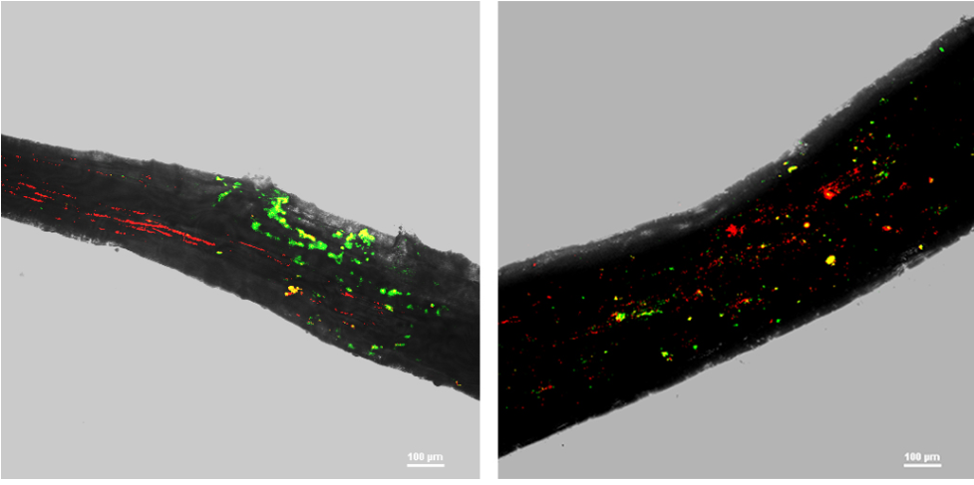Why do parts of Earth become rainforests, whereas others turn into deserts? A new study exposes the far-reaching impact of human activity on a global airflow phenomenon that crucially affects Earth’s regional climates
In the tropics, above the equatorial rainforests and oceans, the strong solar radiation hitting Earth propels a stream of warm, moist air far upward. Once reaching the upper atmosphere, this stream moves in both hemispheres toward the poles; it then descends in the subtropical regions at around 20 to 30 degrees latitude, contributing to the creation of massive deserts like the Sahara in northern Africa. From there, the stream – known as the Hadley cell – returns to the equator, where it heats up and rises again, embarking on its circular journey anew.


















